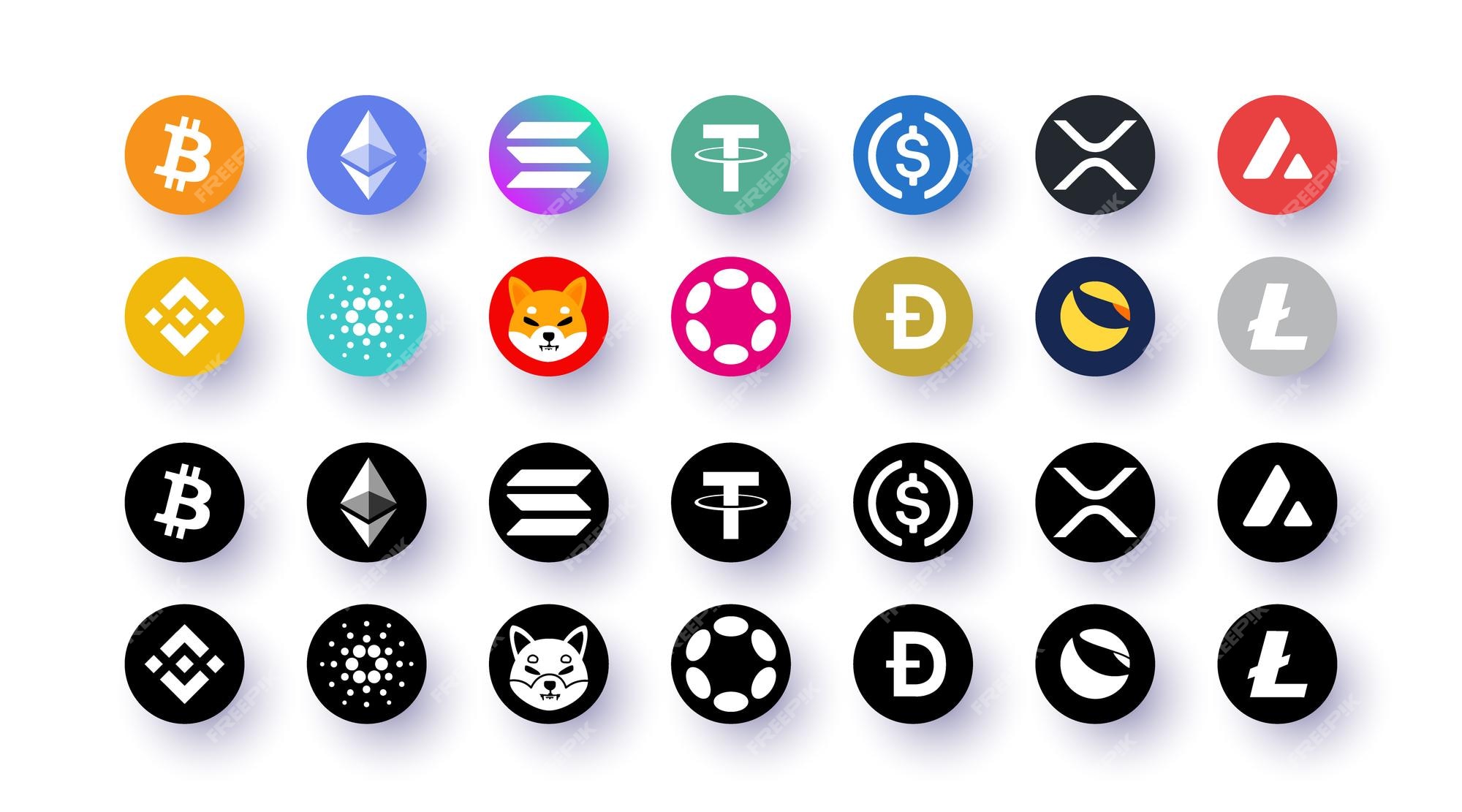R Basics - R Programming Language Introduction
Now let's take a look at the following R programming courses to start your career as an R programmer. This course will introduce you to the basics of R programming, such as data structures, data types, control statements, variables, and more. It will also help you practice and learn every concept and topic in R programming. With the R Fundamentals course, you can build a very solid foundation that you can then expand into the wide variety of applications that R has to offer.
You'll learn basic commands like "insert", "seq", "rep", and learn how to create plots in R. Then we'll explore different ways to import data, the first coding steps, including basic R functions, functions and loops, and we'll learn about graphical tools. You will learn how to install and configure the software required for a statistical programming environment, and describe general programming language concepts implemented in high-level statistical languages. You will learn how to apply common programming functions such as probability, inference, regression, and machine learning.
R Basics - R Programming Language Introduction
A basic understanding of any programming language will help you understand R programming concepts and move quickly along the learning path. Some of the more in-depth learning levels in the R programming tutorial include R source code and R functions, R exploration, R data types, command line and command line, time series analysis, linear and logistic regression, data frames, R objects, underlying data , CRAN and Fortran code, assignment operators, read.table functions, normal distributions, ANOVA, generalized linear models, survival analysis, and more. Our R tutorials cover all R topics such as introduction, functions, settings, rstudio ide, variables, data types, statements, if statements, vectors, data management, graphics, statistical modeling, and more. This course is the first in our Professional Certification Program in Data Science and introduces you to the fundamentals of R programming.
This tutorial covers all the basics of R and how data analysis is done with R. Problems We assure you that you won't find any problems with this R programming tutorial. After reading this book, you will have the tools to solve a wide variety of problems. challenge data science using the best parts of R. We'll provide you with a set of programming tools in the middle of the book, and then you'll see how they can be combined with data science tools to solve interesting modeling problems.
R programming language Steps
This tutorial covers topics such as the R programming language, the steps used to perform data analysis, and the features it provides. The R core development team is currently developing R. It is also a software environment for analyzing statistical information, graphical representations, reports and data models. R is an open-source programming language widely used as statistical software and data analysis tool.
R is available on widely used platforms such as Windows, Linux, and macOS. Because R is syntactically very similar to other widely used languages, R is easier to program and learn. Programs can be written in R in any widely used IDE, such as R Studio, Rattle, Tinn-R, etc. R is not the only language available for statistical computing and graphics. The R programming language is used for data analysis, data processing, graphics, statistical computing, and statistical analysis.
Statistics and Data Analysis
In short, R can help you analyze datasets beyond basic excel file analysis. R programming is used as the primary tool for machine learning, statistics, and data analysis. In the current era, R is one of the most important tools used by researchers, data analysts, statisticians, and marketers to extract, clean, analyze, visualize, and present data.
R is a programming language and analysis tool developed in 1993 by Robert Gentleman and Ross Ihaka of the University of Auckland, New Zealand. It is widely used by programmers, statisticians, scientists and data miners. It is one of the most popular analytical tools in data analysis and business intelligence. It runs on almost any operating system and is widely used by statisticians and data collectors to analyze and present data.
However, it cannot be denied that anyone with previous programming experience has an advantage. Often books (eg R for data science) and courses can only give you theoretical knowledge that may seem difficult to apply during actual implementation. You don't have to be an experienced programmer to be a data scientist, but learning to code pays off because by becoming a better programmer.
Conclusion
Its wide application in statistics, data visualization, and machine learning has created a demand for qualified professionals certified in R. It provides a wide range of packages with a variety of codes, functions, and functions designed for data analysis, statistical modeling, visualization, machine learning, import, and processing. data.
An R package is a set of functions, data, and documentation that extend the core functionality of R. Using packages is the key to using R successfully. Most of the packages you'll learn about in this book are part of the so-called Tidyverse. Packages in the .tidyverse share a common R data and programming philosophy and are designed to work together naturally. Most packages in R also have equivalent libraries in Python. The best machine learning algorithms can be implemented using R. Packages like Keras and Tensor Flow allow you to create advanced machine learning methods.


